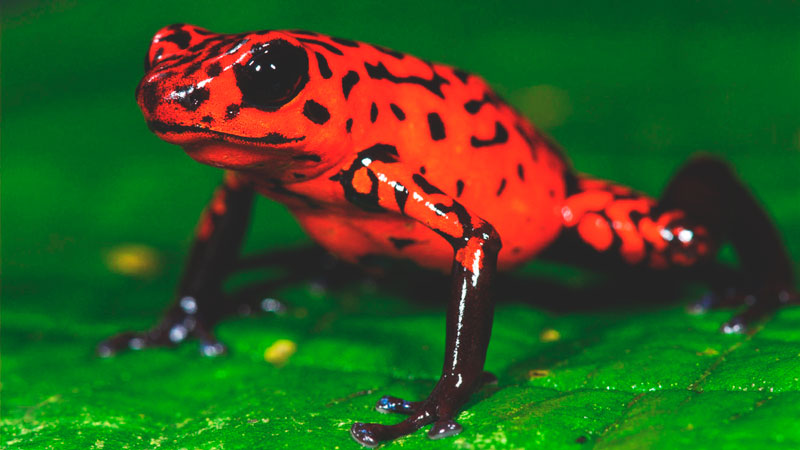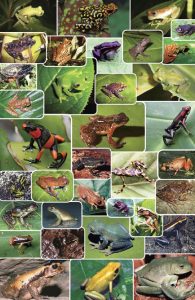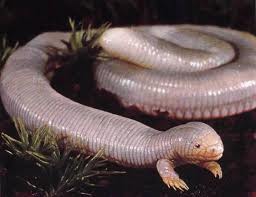Information about amphibians
Amphibians were the first terrestrial vertebrates (animals with a spinal column). There are around 4,000 species.
They encompass three orders: tailed amphibians, consisting of salamanders (including newts) and sirens; tailless amphibians, which include toads and frogs; and caecilians, which are worm-like, limbless, and blind.
The most intriguing aspect of amphibians is their ability for gaseous exchange both in and out of water, despite having lungs; their body also acts as a respiratory source.
When you’re thirsty, have you ever wondered if you could go into the water and drink through your skin? Of course not! But many animals can do it. These animals are called amphibians.
What are amphibians like?
They are vertebrate animals, just like fish, reptiles, birds, and mammals. All amphibians have bones; their skin is thin, moist, and bare, meaning it lacks scales. If you’ve ever touched a frog, you’ve noticed that it is soft, slippery, and moist because its skin has glands that produce a viscous substance to keep it wet.
Adult amphibians can “drink” through their skin, capable of absorbing water. Therefore, many do not need to drink; their skin takes care of absorbing all the water they need. They are cold-blooded or ectothermic animals, like fish and reptiles.
They cannot regulate their body temperature, so it depends on the temperature of the environment where they live.
They warm up in the sun, and to cool down, they go into the shade. Most are carnivorous. They feed on insects, crustaceans, small snails, worms, and small fish.
Frogs and salamanders have sticky tongues that they deploy to capture insects, spiders, and other small animals. Caecilians have sharp teeth with which they grab their prey. Tadpoles, on the other hand, are usually herbivores.
Group of Amphibians
Frogs and Toads
They have a stocky body (thick and short). They have four legs and no tail as adults. Have you seen how frogs jump when you approach a puddle or a river? The hind legs of frogs and toads are highly developed, and they use them to jump.
Males can emit sounds. They exhibit external fertilization and undergo complex metamorphosis. The larvae, called tadpoles, are very different from the adults.
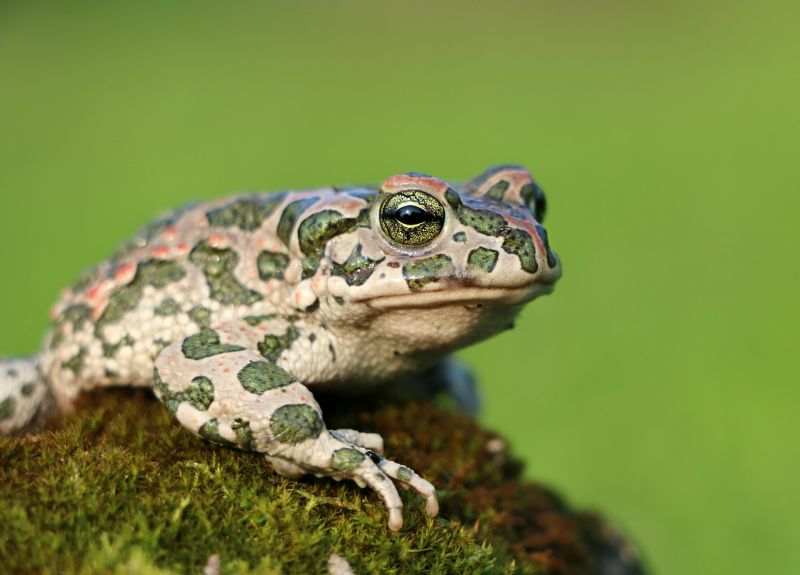

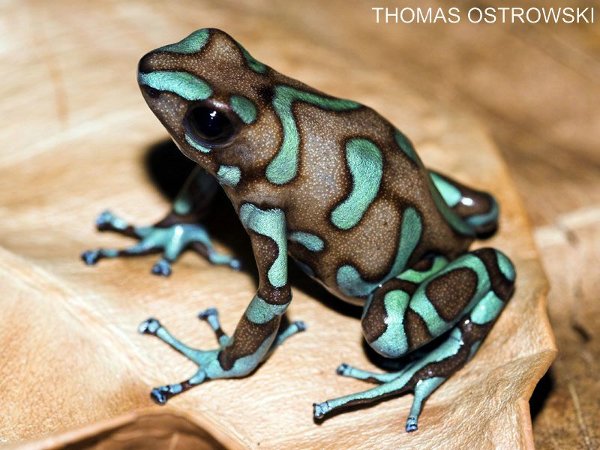

Salamanders and Newts
They have very short legs and an elongated body that ends in a long tail. They cannot make sounds. Fertilization is usually internal, and they undergo simpler metamorphosis than frogs and toads. The larvae resemble the adults.

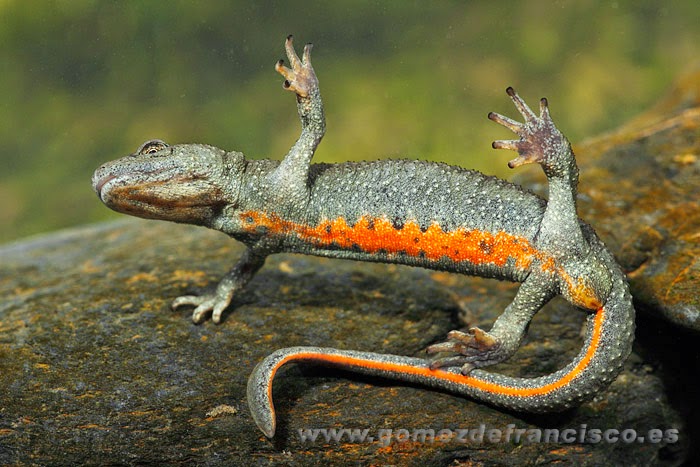
Cecilias
They have an elongated, cylindrical body, similar to earthworms. They are blind and lack legs. Their tail is very short, and they live buried in the mud. They use their head to dig tunnels in the ground. They can be oviparous or viviparous.
Fertilization
Fertilization in amphibians can be internal or external, but in most species, it is external. In this case, both the male and female release their sexual cells into the water where they join to form embryos.
It’s crucial that this release of sexual cells occurs simultaneously to ensure success. Thus, in some species of frogs and toads, the males firmly grasp the female, and when she contracts and releases her eggs, that’s when he deposits his sperm.
In some families, like salamanders, internal fertilization can occur. In this process, the male positions himself in front of the female and releases sperm sacs. Then, the female moves towards them and introduces them into her body through her cloaca, sometimes with the help of her limbs.
Feeding
Amphibians have very varied diets; they are carnivorous and feed on insects, slugs, worms, and earthworms. They are only herbivores in the tadpole stage.
Habitat
Low Temperatures
Amphibians in low temperatures are not very common, yet we find species of anurans and salamanders.
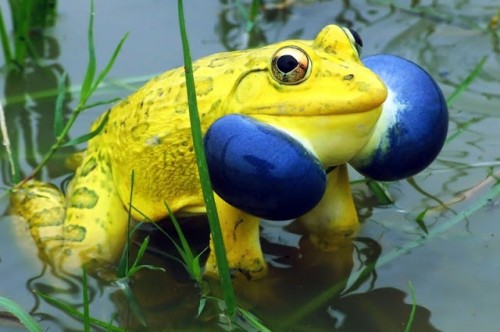

Wooded Areas
In somewhat more southern areas, where the climate is still very cold but not as much, a greater number of amphibian species prepared to live are found.
In this case, various types of frogs and toads appear, such as the green frog, the leopard frog, the wood frog, and the American toad. As for salamanders, we have several species: the blue-spotted salamander, the common salamander, and the eastern newt.


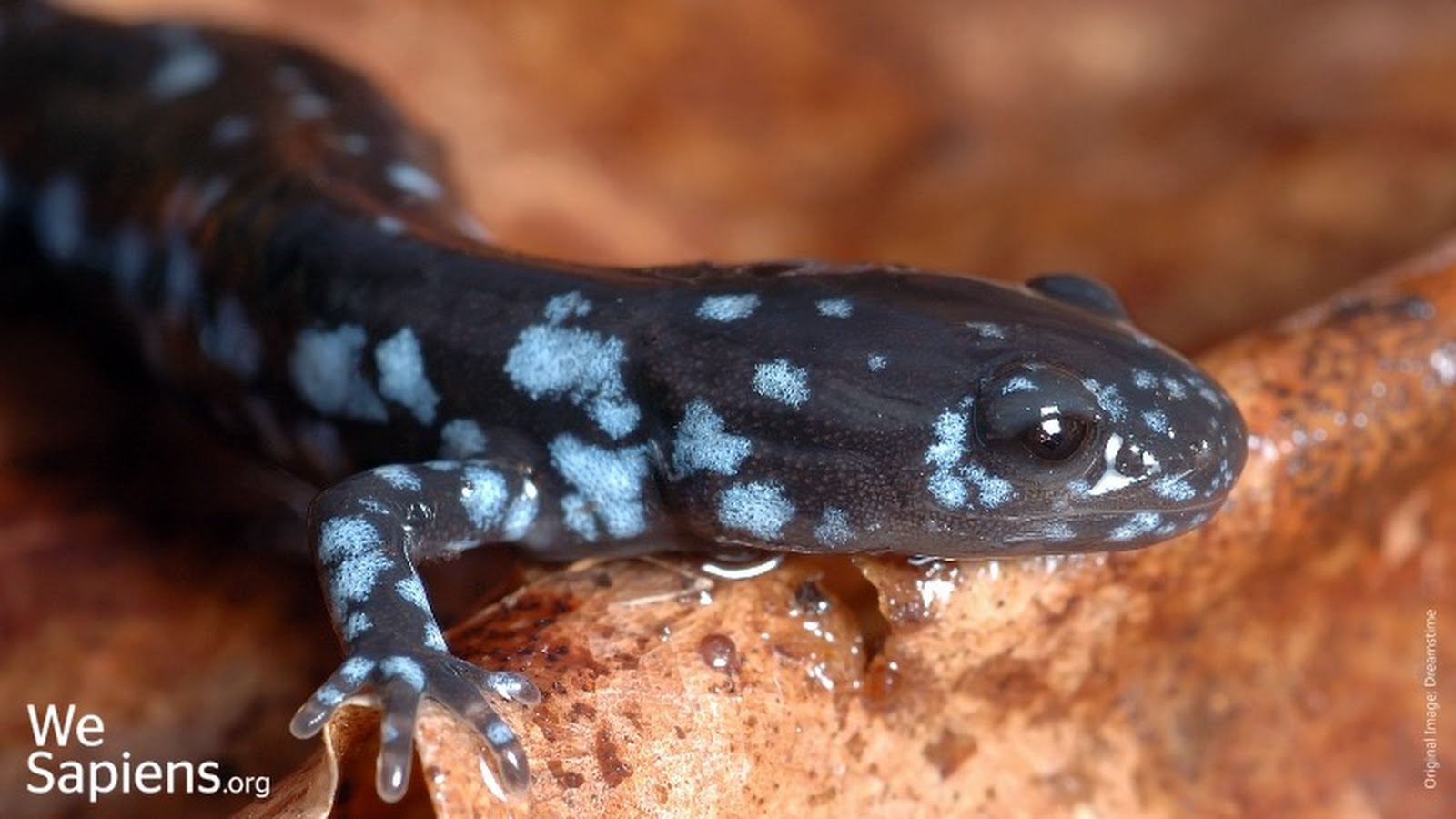
Steppe or Desert
Some of the adaptations of amphibians in such dry climates include extreme urine retention. This mechanism is used to avoid losing almost any water through urine and also creates an osmotic gradient that allows them to absorb through their skin any water they might find.
Other amphibians accumulate large amounts of water underground when it rains and develop their life in the subsoil. They can spend several years without coming to the surface and only do so to collect more water once they need it or when the rains return.
Some amphibian species we can find in desert habitats include the red-spotted toad, the green toad, the spadefoot toad, the Mexican burrowing toad, the barking toad, or the running toad.
Mediterranean Forests
In areas with a more temperate climate and where freshwater is more accessible, amphibians have no difficulty living. For example, in habitats related to Mediterranean forests, various species of frogs, toads, salamanders, and newts can be found.
The most representative may be the spadefoot toad (which we have seen can adapt to more arid climates), the common toad, the green frog, the San Antonio froglet, the common salamander, and the marbled newt.
Tropical and Subtropical Zones
Just like with reptiles, the areas where amphibians are most abundant are those near the equator. The tropical and subtropical climates with high temperatures and rainfall make them an ideal habitat for all kinds of amphibians.
Among the anurans, frogs are much more abundant than toads, which, as we have seen, can better withstand arid climates. Many frog species living in the tropical rainforest are poisonous or have striking colors. For example, in these geographical areas live the red-eyed green frog and the arrowhead frogs.
The Double Life of Amphibians
These are very interesting animals; they have a double life. From birth until they become adults, they live in water. The adults, on the other hand, are terrestrial, although they usually do not stray far from water or areas with some humidity.
Amphibians are oviparous vertebrates (they lay eggs). The females deposit their eggs in water or in damp areas, and these turn into larvae, which look nothing like the adults. The larvae of frogs and toads are called tadpoles.
Have you ever seen tadpoles swimming in the water? Don’t they look like little fish? They have a long tail and breathe through gills, like fish. After undergoing several changes, known as metamorphosis, the tadpoles transform into adults.
Upon becoming adults, amphibians usually lose their gills and develop lungs. In addition, they develop four legs, which they use to walk on the ground.
Amphibians in Danger
They have been living on Earth for more than 300 million years. However, amphibian populations are declining worldwide. The exact cause is not known. Likely, the destruction of their habitats or living places and pollution with insecticides and other chemical substances are some of the causes that are leading to fewer and fewer amphibians.
The skin of these animals is very thin, and their eggs lack coverings to protect them; for this reason, they are very sensitive to changes in the environment in which they live. Therefore, I invite you to share this information to help save these and many of the beautiful animals that exist in the world.

